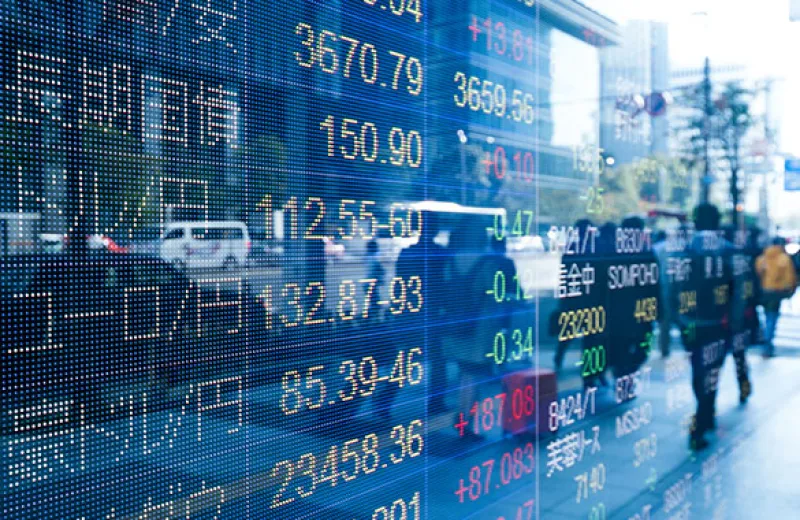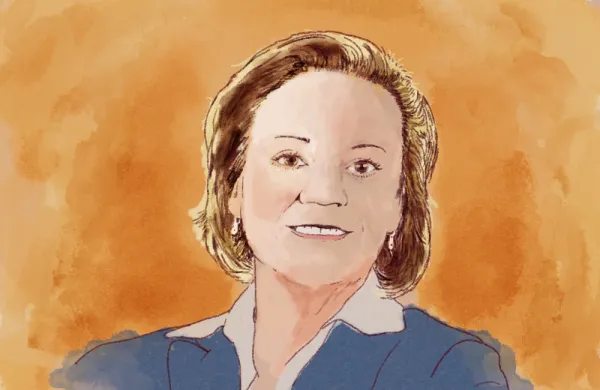Ever since Japan’s Financial Services Agency (FSA) released “Progress Report on Enhancing the Asset Management Business 2020” last June, a hot topic in the country has been the use of subadvisors to enhance asset management capability. Many of the world’s leading assets managers have served as subadvisors in Japan’s toshin market, but it is only with the recent success of foreign equity funds that their role has drawn significant attention. (Toshin is an abbreviation for toshi-shintaku, or investment trust akin to mutual funds and closed-end funds in the U.S.)
Shoko Shinoda, Fund Analyst of Rakuten Securities Inc. says, “There has been an excessive focus on cost in the last few years, and subadvisors have been regarded as a contributor to increased costs. With the recent strength of the stock market, however, investors have realized that performance outweighs cost. Funds that have performed well, such as Baillie Gifford and ARK, have attracted attention and, as a result, the importance of subadvisors is being recognized.”
Shinoda identifies two types of subadvisors in Japan: asset managers who offer their own products and also serve as subadvisors, such as Goldman Sachs, JP Morgan, and T. Rowe Price, and asset managers who act only as subadvisors, such as PIMCO.

One firm that has embraced the subadvisory trend is Mitsubishi UFJ Kokusai Asset Management (MUFGAM), which has AUM in outsourced funds of more than JPY 3 trillion with over 50 subadvisors. “We have our own foreign asset management products, but it is important to cooperate with other asset managers to provide investment opportunities in niche asset classes and newly emerging theme products for our investors and retailers. It is essential to offer products that differentiate us from other companies as market conditions dictate, as in the current investment climate of low interest rates and a dramatically changing stock market,” says Mamoru Oizumi, Senior Deputy General Manager of Product Development Division.
Yasuo Sasai, General Manager of Sub-Advised Fund Management Division, adds that it is “difficult for domestic asset managers to manage foreign assets with a bottom-up approach and continuously earn positive returns. It is beneficial for us to outsource the operation to local foreign players or invest in them as a fund of funds.”
Gatekeepers
Domestic asset managers act as gatekeepers who select asset managers and management strategies from an expansive field that includes everything from gigantic global managers to specialized boutique managers. So, how do they choose?
MUFGAM uses five criteria: quality and effectiveness of corporate management; asset management capability; an administration capable of stable operations; compliance; and supply of information. Asset management abilities are reviewed using a detailed qualitative assessment and close examination of the investment team and process. According to Sasai, the soundness of the investment process is assessed by looking at RFP responses. Proposals aren’t necessarily implemented, however. “Only by interviewing many people about the details can you know if a particular investment process is well conceived or not.”

For qualitative assessment, repeatability is important. “You may have performed well recently, but it’s more important to be able to repeat that success consistently. The likelihood of repeated success depends on whether results are achieved through a proper and rational process,” says Sasai.
“Differentiation in investment strategy is another a key factor in evaluating a subadvisor because you cannot outperform by using the same strategies as other asset managers,” he continues. “It’s not enough simply to be different, because that along can produce negative results.”
A strong and stable process is highly valued, but flexibility is also required to adjust to changes in the environment. Such conflicting considerations have to be considered when assessing investment skills, which is why a gatekeeper's judgment is necessary. Continual monitoring is as important as the assessments at the door. At MUFGAM, contracts executed by subadvisors are reviewed daily to verify if they conform to investment policies. Performance is reviewed weekly, monthly, and quarterly and compared with market movements. An RFP is sent to subadvisors at least once a year to determine whether to continue their service contracts.

“As a gatekeeper,” says Oizumi, “we not only assess performance, but also encourage improvement, such as in the quality and speed of reports produced when the market is changing rapidly.”
Quite a few active funds performed better than index funds in 2020, and some of them had generated considerably higher returns. Shinoda notes that “cutting off active funds based merely on cost is easy and goes against the effort to increase sophistication of the asset management industry. We now need discussions around how to evaluate active funds fairly.”
That focus on active funds will likely increase this year, as will the focus on subadvisors and their increasingly important role in the toshin market.






